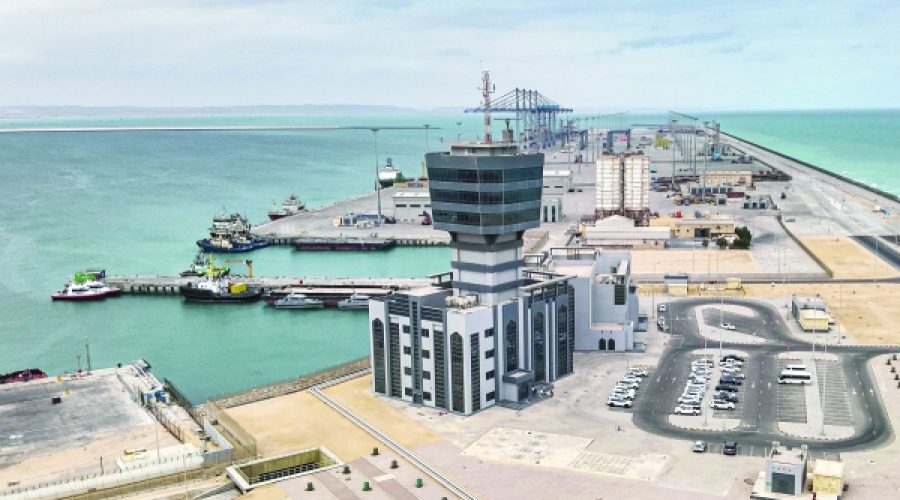Oman’s Progress Towards INSTC Integration: What It Means for Investors and Businesses in Oman
MUSCAT, NOV 18 — Oman is fast-tracking its plans to join the International North–South Transport Corridor (INSTC), signalling its ambition to become a key logistics hub connecting Asia, Africa, and Europe. This development was highlighted during the recent Oman–Russia Business Forum, reflecting the expanding economic partnership between Muscat and Moscow as Russia seeks alternative overland and maritime export routes.
At the forum last week, Russian Deputy Prime Minister Marat Khusnullin, as reported by Russia’s Pivot to Asia, confirmed ongoing collaboration with Oman to designate the country as an additional southern terminus within the INSTC. He emphasized progress in port infrastructure cooperation and praised Oman’s strategic location as a natural extension of Russia’s transport network. “The connection between Russia and Omani ports is highly promising for the North–South route,” Khusnullin said, describing Oman as a vital gateway to markets in the Middle East and Africa.
Currently, the INSTC connects Russia with Iran and India through a multimodal network that includes maritime, rail, and road routes. Russia is now considering expanding the corridor southwards through Oman, alongside potential land routes via Afghanistan and Pakistan. This initiative aims to diversify export paths, enhance supply chain resilience, and reduce reliance on traditional maritime lanes.
For Oman, joining the INSTC aligns with its Vision 2040 goal to develop a world-class logistics ecosystem. Hamed al Dhahab, Chairman of the Oman–Russia Joint Business Council, noted that cooperation is already underway in ports, rail, and transport infrastructure. “Oman is committed to building a logistics hub supported by infrastructure. Russia can bring its goods here. We have access to Africa and Asia, and Russia can use Oman as a key transit point,” he stated.
The strengthening of transport links coincides with deepening economic relations between Oman and Russia. Bilateral trade reached approximately $340 million by the end of 2024, marking a 62 percent increase since 2020. The number of Russian-invested companies in Oman has also more than doubled, rising to 197, underscoring growing business confidence and a broader economic footprint.
This dynamic partnership was reflected in the wide-ranging agenda of the Oman–Russia Business Forum, organised by the Oman Chamber of Commerce and Industry. Discussions covered sectors including logistics, mining, energy, clean technologies, digital transformation, tourism, and education. Panels highlighted the pivotal role of transport corridors like the INSTC in future trade and investment flows, while spotlighting opportunities for collaboration in renewable energy and advanced technologies.
Tourism cooperation is also on the rise, bolstered by new charter flights between Moscow and Salalah operated by Oman Air in partnership with Russian tour operator Fun & Sun. This seasonal service is expected to bring around 7,000 visitors in its initial phase, with plans for year-round operations driven by strong demand. Oman Air currently operates up to nine weekly flights between Muscat and Moscow, with growing Russian tourist arrivals further enhancing point-to-point connections.
Special Analysis by Omanet | Navigate Oman’s Market
Oman’s strategic move to join the International North–South Transport Corridor (INSTC) positions the country as a critical logistics hub connecting Asia, Africa, and Europe, enhancing supply chain resilience and diversifying export routes. For businesses, this integration unlocks new opportunities in transport, trade, and sectoral collaboration with Russia, while investors should consider expanding in logistics, infrastructure, and emerging tech sectors aligned with Oman Vision 2040. Entrepreneurs tapping into tourism and clean energy partnerships can also leverage the growing economic and transport ties to Russia for long-term growth.



